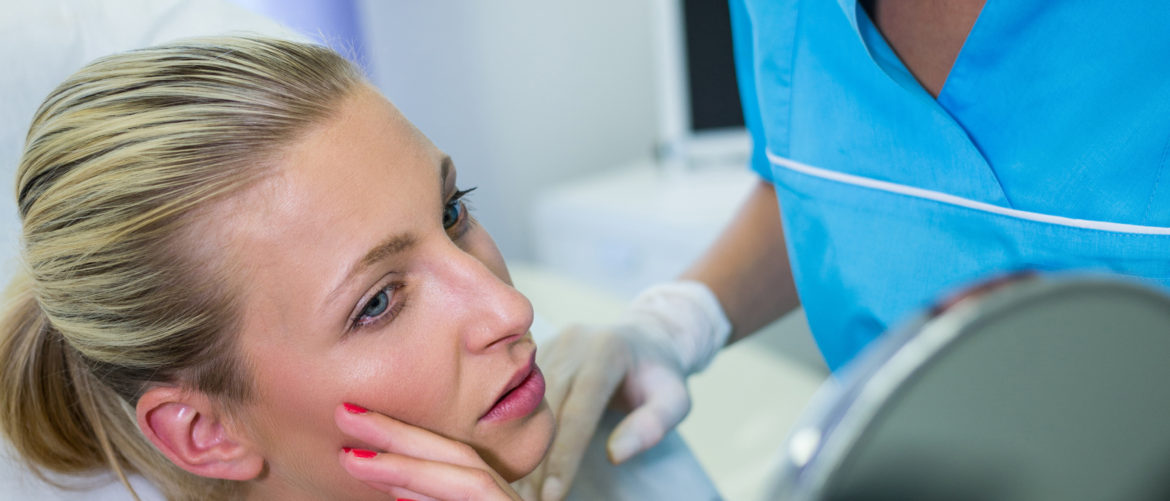Skin Rejuvenation: Skin Anti-aging Strategies
The skin Rejuvenation strategies attempted to reverse the dermal and epidermal signs of photo- and chronological aging can be grouped under the following approaches.
A Healthy and functioning skin barrier is an important protector against dehydration, penetration of various microorganisms, allergens, irritants, reactive oxygen species, and radiation.
The skin barrier may be specifically adjusted to allow penetration. For this reason, daily skincare may increase skin regeneration, elasticity, smoothness, and thus temporarily change the skin condition. However, it is necessary to stop the degradation of the skin’s primary structural constituents, such as collagen, elastin, to prevent the formation of wrinkles. Although the technology required to suitably deliver these compounds into the skin has not yet been developed, some products do promote the natural synthesis of these substances except elastin enhancing. Another integral approach to preventing wrinkle formation is the reduction of inflammation by topical or systemic antioxidants which should be used in combination with sunscreens and retinoids to enhance their protective effects.
There are two main groups of agents that can be used as anti-aging cream components, antioxidants, and cell regulators. The antioxidants, such as vitamins, polyphenols, and flavonoids, reduce collagen degradation by reducing the concentration of FR in the tissues.
The cell regulators, such as retinol, peptides, and growth factors (GF), have direct effects on collagen metabolism and influence collagen production. Vitamins C, B3, and E are the most important antioxidants because of their ability to penetrate the skin through their small molecular weight. Polypeptides or oligopeptides are composed of amino acids and can imitate a peptide sequence of molecules such as collagen or elastin. Through the topical application, polypeptides have the ability to stimulate collagen synthesis and activate dermal metabolism.
Chemical peels are methods to cause a chemical ablation of defined skin layers to induce an even and tight skin as a result of the regeneration and repair mechanisms after the inflammation of the epidermis and dermis. Nonablative skin rejuvenation or “sub-surfacing” comes as low risk and short downtime technology that can improve aging structural changes without disruption of cutaneous integrity. The mechanism of action is supposed to be a selective, heat-induced denaturalization of dermal collagen that leads to subsequent reactive synthesis.
Nonablative skin rejuvenation is not a precise term since rejuvenation is a controlled form of skin wounding aimed at achieving a more youthful appearance after the wound heals. The goal of skin bio-rejuvenation is to increase the biosynthetic capacity of fibroblasts, inducing the reconstruction of an optimal physiologic environment, the enhancement of cell activity, hydration, and the synthesis of collagen, elastin, and HA (hyaluronic acid).
The desired effect could be achieved by the microinjections in the superficial dermis of products containing only one active ingredient or cocktails of different compounds which are perfectly biocompatible
and totally absorbable:
HA, vitamins, minerals, nutrients, hormones, GF, amino acids, autologous cultured fibroblasts, homeopathic products, etc. Autologous Platelet-rich Plasma (PRP) has attracted attention for skin rejuvenation. PRP is derived from fresh whole blood, which contains a high concentration of platelets. Botulinum toxin (BTX) has no effect on skin texture and cannot discontinue the skin aging process. However, regular BTX injections can slow down the visible aging process by helping in the management of certain dynamic facial lines and wrinkles.
PMCID: PMC3583892 PMID: 23467476
Dermatoendocrinol. 2012 Jul 1; 4(3): 308–319.
doi: 10.4161/derm.22804
Skin anti-aging strategies:
Ruta Ganceviciene, 1 , † Aikaterini I. Liakou, 2 , † Athanasios Theodoridis, 2 , † Evgenia Makrantonaki, 2 and Christos C. Zouboulis 2

